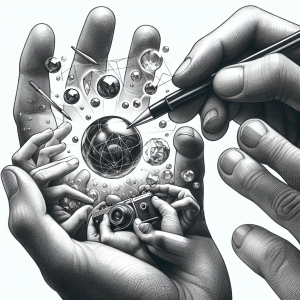In today’s fast-paced world, note-taking has become an essential part of our daily lives. From students jotting down lecture notes to professionals capturing meeting minutes, the need to record and organize information efficiently is more critical than ever. With the rapid advancements in technology, particularly in the field of speech recognition software, the future of note-taking is poised to undergo a transformative shift. In this article, we will explore the potential of speech recognition software in revolutionizing the way we take notes, from its historical roots to its current state and future predictions.
Historical Context
The concept of speech recognition dates back to the early 1950s when researchers began exploring ways to transcribe spoken language into written text. Over the decades, significant progress has been made in developing speech recognition technology, with notable milestones such as the creation of IBM’s “Harpy” system in the 1970s and the commercialization of Dragon NaturallySpeaking in the 1990s. These advancements laid the foundation for the sophisticated speech recognition software we have today.
Current State
In recent years, speech recognition software has made significant strides in terms of accuracy, speed, and usability. Leading companies such as Google, Amazon, and Microsoft have invested heavily in developing advanced speech recognition algorithms that can accurately transcribe spoken words into text in real-time. Some key features of the current state of speech recognition software include:
– High accuracy rates: Modern speech recognition software boasts impressive accuracy rates, with some systems achieving near-human levels of transcription accuracy.
– Real-time transcription: One of the most significant advancements in speech recognition technology is the ability to transcribe spoken words into text in real-time, making note-taking more efficient and convenient.
– Multi-language support: Many speech recognition software programs support multiple languages, allowing users to transcribe notes in their preferred language.
– Integration with other tools: Speech recognition software can seamlessly integrate with other productivity tools such as note-taking apps, email clients, and project management software, enhancing workflow efficiency.
Future Predictions
The future of note-taking is poised to be revolutionized by speech recognition software in the coming years. Some key predictions for the future of speech recognition technology include:
– Enhanced accuracy: As machine learning algorithms continue to improve, we can expect even higher levels of accuracy in speech recognition software, making transcription errors a thing of the past.
– Personalization: Speech recognition software will become more personalized, adapting to individual speech patterns and preferences to provide a more tailored note-taking experience.
– Seamless integration: Speech recognition software will seamlessly integrate with a wide range of devices and applications, allowing users to transcribe notes across multiple platforms effortlessly.
– AI-powered features: AI-powered features such as voice commands, natural language processing, and sentiment analysis will enhance the capabilities of speech recognition software, making note-taking more intuitive and intelligent.
Conclusion
In conclusion, the future of note-taking is bright with the potential of speech recognition software. With its high accuracy rates, real-time transcription capabilities, and seamless integration with other tools, speech recognition software is poised to revolutionize the way we capture and organize information. As advancements in technology continue to push the boundaries of what is possible, we can expect speech recognition software to play an increasingly central role in our daily note-taking routines. Embracing this transformative technology will enable us to work more efficiently, communicate more effectively, and ultimately, lead more productive lives.




